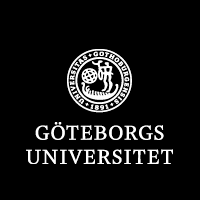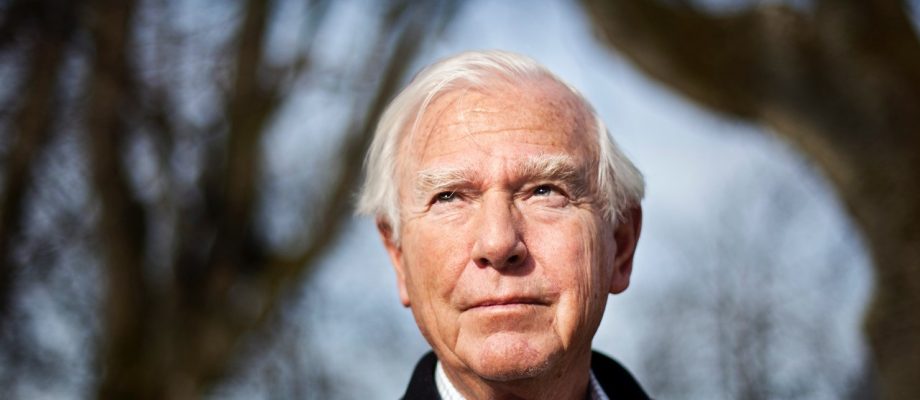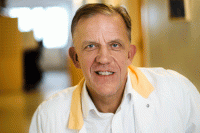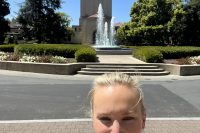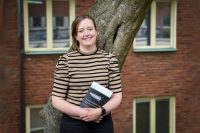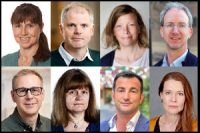IN MEMORIAM. Professor Emeritus Lars Hamberger, a pioneer in the development of IVF to treat involuntary childlessness, has died at the age of 82. He is described as creative, enthusiastic and feisty. Here, his colleagues Charles Hansson, Christina Bergh, Henrik Hagberg and Kersti Lundin share reminiscences to mark his passing.
Lars Hamberger was born in Stockholm in 1939. Early in life, he considered becoming an artist. However, influence from his home environment (his father was a professor and chief physician) prevailed and Lars trained as a doctor instead. He gained his licentiate in medicine in 1967 and became doctor of medicine and associate professor of physiology in 1968, associate professor of obstetrics and gynecology at the University of Gothenburg in 1974, and professor at Karolinska Institutet in 1983. After a few years, he returned to the Department of Obstetrics and Gynecology in Gothenburg, as professor at the University.
Ability to distinguish the technologies of the future
Throughout his career, Lars was involved in research and development, primarily in the field of reproductive medicine. He had a well-developed ability to see which technologies and opportunities would come to the fore in the future. Lars Hamberger’s commitment and drive in research and development led to him and his team being the first in Sweden, and also in the Nordic countries, to provide new treatment options for involuntarily childless couples.
First IVF baby in the Nordic countries
The biggest breakthrough came in 1981, when Lars and his team performed their first experiments with in vitro fertilization (IVF) as a treatment method for involuntary infertility. This led to the birth of the first “test-tube baby” in the Nordic countries at Sahlgrenska University Hospital in 1982, only a few years after the very first IVF birth worldwide, in England in 1978. Activities rapidly developed and the IVF center in Gothenburg became internationally renowned, attracting a steady stream of the world’s leading researchers in the field.
The next major breakthrough came in 1993, when a new method for treating couples with fertility problems due to impaired sperm quality was introduced at Sahlgrenska University Hospital. This was the second center in the world to adopt the method, only a year after the technique had been developed by researchers in Brussels. Now, in this group of patients, the odds of getting the eggs fertilized successfully were improved by injecting the sperm directly into the egg. This was a global sensation: Suddenly, couples whose fertility problems were found in the man could now get an effective treatment from which half of all couples with infertility could benefit.
Genetic analysis of the embryo
In 1993, a project for genetic testing of embryos — “preimplantation genetic testing” (PGT) — was started. Here, the idea is that couples with a high hereditary risk of having a sick child should not, if the fetus is healthy, need to undergo many weeks of pregnancy in uncertainty until they get results from amniocentesis or placenta testing, and then the associated late termination of the pregnancy. With PGT, genetic analysis is carried out on the embryo even before it is inserted in the woman’s uterus. The first birth in the Nordic countries following use of this technology took place at Sahlgrenska Hospital in 1997.
Lars Hamberger’s many years of collaboration with the photographer Lennart Nilsson resulted in several editions of the book A Child is Born, in which unique images documented the reproductive process and pre-embryonic, embryonic and fetal development up to birth. The text of this book, which has been published in numerous languages, was written by Hamberger.
As an entrepreneur, he was also involved in starting up successful companies that are still, to this day, world-leading in medical-technical products used in IVF.
We remember Lars Hamberger, a man of creativity, feistiness and infectious enthusiasm, with affection.
Charles Hansson, Christina Bergh, Henrik Hagberg and Kersti Lundin
